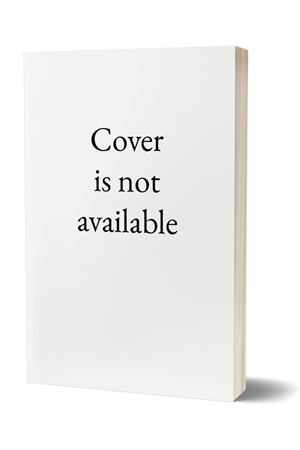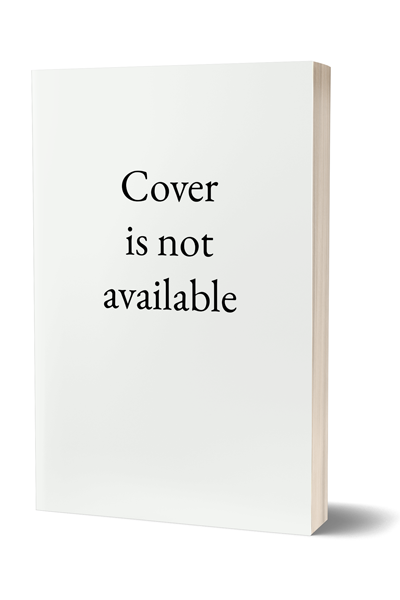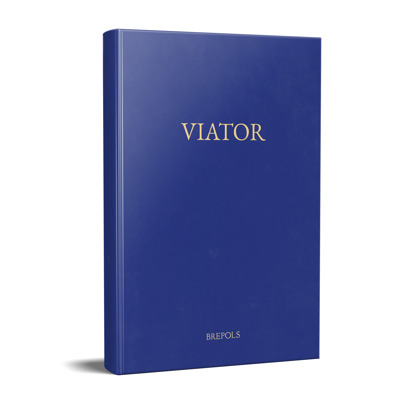
Viator 35 (2004)
- Pages: 626 p.
- Size:175 x 255 mm
- Illustrations:35 b/w
- Language(s):English
- Publication Year:2004
- € 80,00 EXCL. VAT RETAIL PRICE
- ISBN: 978-2-503-51569-4
- Hardback
- Out of Print
- E-journal
- Available
Phoebe Robinson, 'Dead Boethius: Sixth-Century Accounts of a Future Martyr';
Christoph Sonnlechner, 'The Establishment of New Units of Production in Carolingian Times: Making Early Medieval Sources Relevant for Environmental History';
Simon Coupland, 'The Carolingian Army and the Struggle against the Vikings';
John B. Freed, 'Bavarian Wine and Woolless Sheep: The Urbar of Count Sigiboto IV of Falkenstein (1126-ca. 1198)
Clare Monagle, 'The Trial of Ideas: Two Tellings of the Trial of Gilbert of Poitiers';
Jay Rubenstein, 'Putting History to Use: Three Crusade Chronicles in Context';
K. A. Laity, 'Translating Saint as (Vi)King: St. Olaf in the Heimskringla';
Janine Larmon Peterson, 'Social Roles, Gender Inversion, and the Heretical Sect: The Case of the Guglielmites';
Lorenzo Candelaria, 'El Cavaller de Colunya: A Miracle of the Rosary in the Choirbooks of San Pedro Mártir de Toledo'
Sarit Shalev-Eyni, 'Cosmological Signs in Calculating the Time of Redemption: The Christian Crucifixion and the Jewish New Moon of Nissan';
Louise Nelstrop, 'The Merging of Eremetic and "Affectivist" Spirituality in Richard Rolle's Reshaping of Contemplation';
Scott Kleinman, 'Animal Imagery and Oral Discourse in Havelok's First Fight';
Lawrence Besserman, 'Chaucer, Spain, and the Prioress's Antisemitism';
Brendan Cassidy, 'Laughing with Giotto at Sinners in Hell';
Joseph L. Grossi, Jr., 'Imaging Genoa in Late Medieval England';
Karen Elaine Smyth, 'Changing Times in the Cultural Discourse of Late Medieval England';
Ruth Kennedy, 'Spalding's Alliterative Katherine Hymn: A Guild Connection from the South-East Midlands?';
R. F. Yeager, 'Gower's Lancastrian Affinity: The Iberian Connection';
Neil Cartlidge, 'The Battle of Shrovetide: Carnival against Lent as a Leitmotif in Late Medieval Culture';
Sherry Roush, 'Dante Ravennate and Boccaccio Ferrarese? Post-Mortem Residency in Late Medieval Culture';
Jenny Jordan, 'Galley Warfare in Renaissance Intellectual Layering: Lepanto through Actium';
Holt N. Parker, 'Women and Humanism: Nine Factors for the Woman Learning';
Peter Burke, 'Reflections on the Cultural History of Time'.


